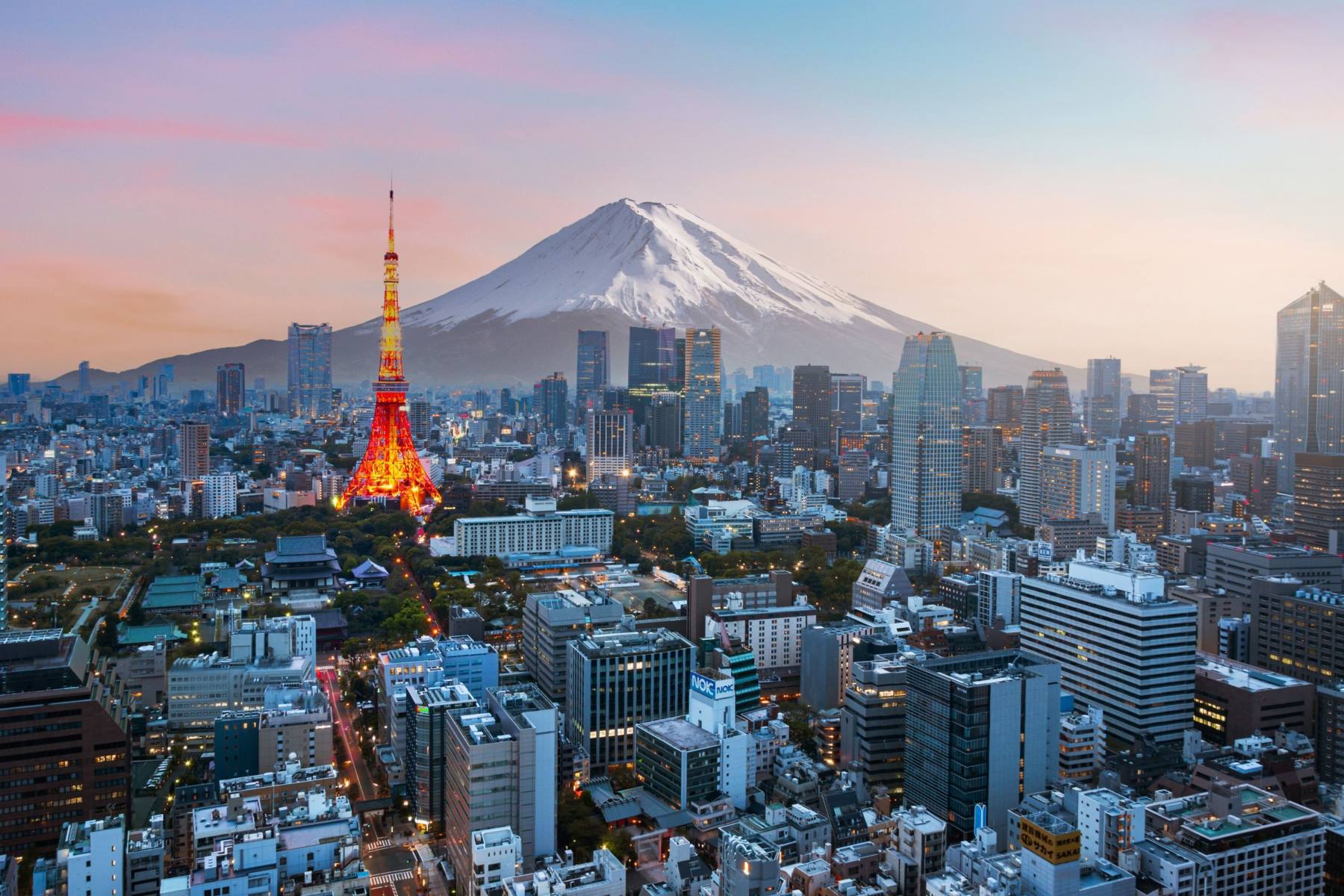Why Did Tokyo Become Japan’s Capital? The Surprising History Revealed

Why did Tokyo become Japan’s capital? This question often puzzles many. The answer lies in a mix of historical events, strategic decisions, and cultural shifts. Originally, Kyoto held the title of Japan’s capital for over a thousand years. However, in 1868, during the Meiji Restoration, Emperor Meiji moved the capital to Tokyo. This move symbolized a new era of modernization and openness to the world. Tokyo, formerly known as Edo, was already a bustling city with a strong economic base. Its location also offered strategic advantages for trade and defense. Understanding why Tokyo became Japan’s capital provides a glimpse into the country’s rich history and transformation.
The Rise of Edo
Tokyo, once known as Edo, transformed from a small fishing village into Japan's bustling capital. This metamorphosis didn't happen overnight but was a result of strategic decisions and historical events.
Tokugawa Ieyasu's Influence: In 1603, Tokugawa Ieyasu established the Tokugawa shogunate in Edo. His choice of Edo as the seat of power marked the beginning of its rise.
Strategic Location: Edo's location near the sea made it ideal for trade and defense. Its proximity to the Pacific Ocean allowed for easy access to other parts of Japan and beyond.
Economic Growth: The city flourished economically due to its strategic position. Merchants, artisans, and traders flocked to Edo, boosting its economy.
The Meiji Restoration
The Meiji Restoration in 1868 was a pivotal moment in Japanese history. This period saw the end of the shogunate and the restoration of imperial rule, leading to significant changes in the country's political and social structure.
Emperor Meiji's Decision: Emperor Meiji moved the capital from Kyoto to Edo, renaming it Tokyo, meaning "Eastern Capital." This move symbolized the shift from feudal rule to a modern, centralized government.
Modernization Efforts: The Meiji government aimed to modernize Japan by adopting Western technologies and practices. Tokyo became the center of these efforts, further solidifying its status as the capital.
Infrastructure Development: Rapid infrastructure development, including railways, telegraph lines, and modern buildings, transformed Tokyo into a modern metropolis.
Cultural and Political Significance
Tokyo's rise to prominence wasn't just about economic and infrastructural development. Its cultural and political significance played a crucial role in its establishment as Japan's capital.
Cultural Hub: Tokyo became a cultural hub, attracting artists, writers, and intellectuals. The city became synonymous with innovation and creativity.
Political Center: As the seat of the Japanese government, Tokyo became the political heart of the nation. Key political decisions and events took place in the city, reinforcing its importance.
Educational Institutions: The establishment of prestigious educational institutions like the University of Tokyo attracted scholars and students, contributing to the city's intellectual growth.
The Impact of World War II
World War II had a profound impact on Tokyo, shaping its post-war development and further cementing its status as Japan's capital.
Destruction and Rebuilding: Tokyo suffered extensive damage during the war. However, the post-war rebuilding efforts transformed it into a symbol of resilience and recovery.
Economic Miracle: The post-war economic boom, known as the "Japanese Economic Miracle," saw Tokyo emerge as a global economic powerhouse.
International Recognition: Hosting the 1964 Summer Olympics showcased Tokyo's recovery and modernization to the world, solidifying its status as a leading global city.
Tokyo's Rise to Prominence
Tokyo's journey to becoming Japan's capital is a tale of strategic decisions, historical events, and cultural shifts. Originally known as Edo, it transformed from a small fishing village into a bustling metropolis. The Tokugawa shogunate's decision to establish their government in Edo marked the beginning of its rise. When Emperor Meiji moved the imperial capital from Kyoto to Tokyo in 1868, it solidified the city's status.
Tokyo's growth didn't stop there. It became a center for politics, economics, and culture. Its infrastructure, innovation, and global influence have only increased over time. Today, Tokyo stands as a symbol of Japan's resilience, modernization, and rich history. Understanding why Tokyo became Japan's capital offers a glimpse into the nation's past and its journey towards becoming a global powerhouse.

